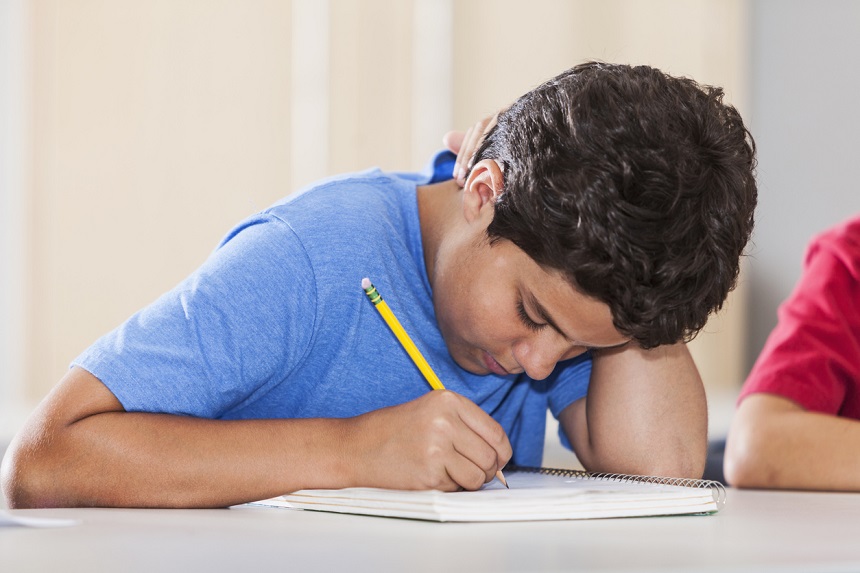It’s October 20, the National Day on Writing, and a day we’ve been looking forward to all year! Check out #whyiwrite on Twitter to share in the celebration!
Now let’s continue our review of steps in the writing process, supported by resources from NCTE and ReadWriteThink.org.
The word re-vision means to “look again.” When revising a piece of writing, what are some things to look for?
- Lesson Plan “Collaborative Stories 2: Revising”—Using a collaborative story written by students, the teacher leads a shared-revising activity to help students consider content when revising, with students participating in the marking of text revisions.
- Lesson Plan “Prompting Revision through Modeling and Written Conversations”—Students create a checklist outlining what effective writers do, revise his or her own writing, and engage in a written conversation to help peers with the revision process.
- Lesson Plan “Reciprocal Revision: Making Peer Feedback Meaningful”—Interpreting art is a subjective process. In this lesson, students write written responses analyzing a work of art and use feedback from their peers to revise or confirm their initial responses.
- Lesson Plan “Writing for Audience: The Revision Process in The Diary of Anne Frank”—After reading or viewing The Diary of Anne Frank, students will make connections between audience and purpose and revise a journal entry with an outside audience in mind.
- Lesson Plan “Once Upon a Fairy Tale: Teaching Revision as a Concept”—Students use fractured fairy tales to practice revision and editing as separate activities when they write their own versions of fairy tales.
What additional resources would you add to this list? Share on social media with #WhyIWrite!

